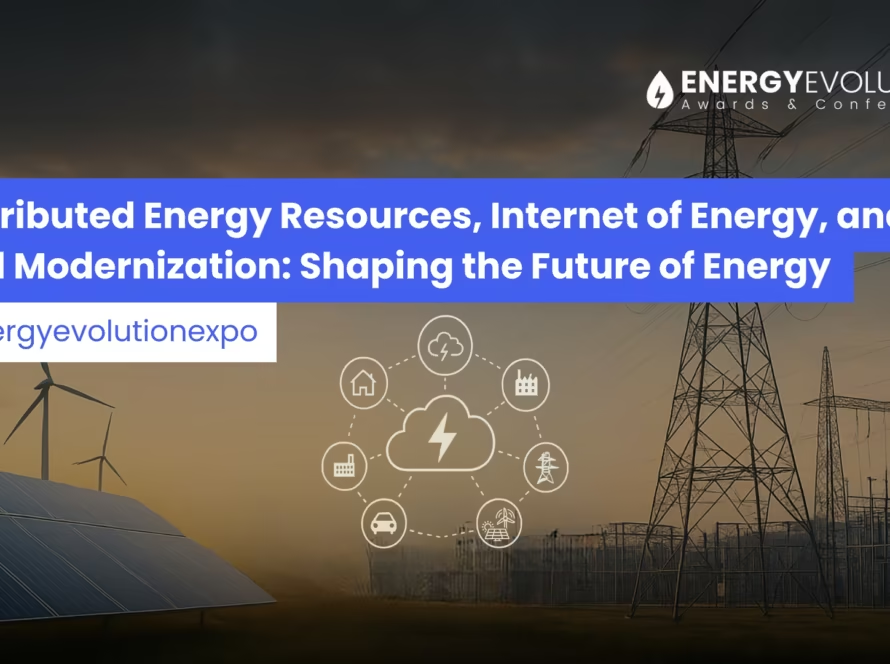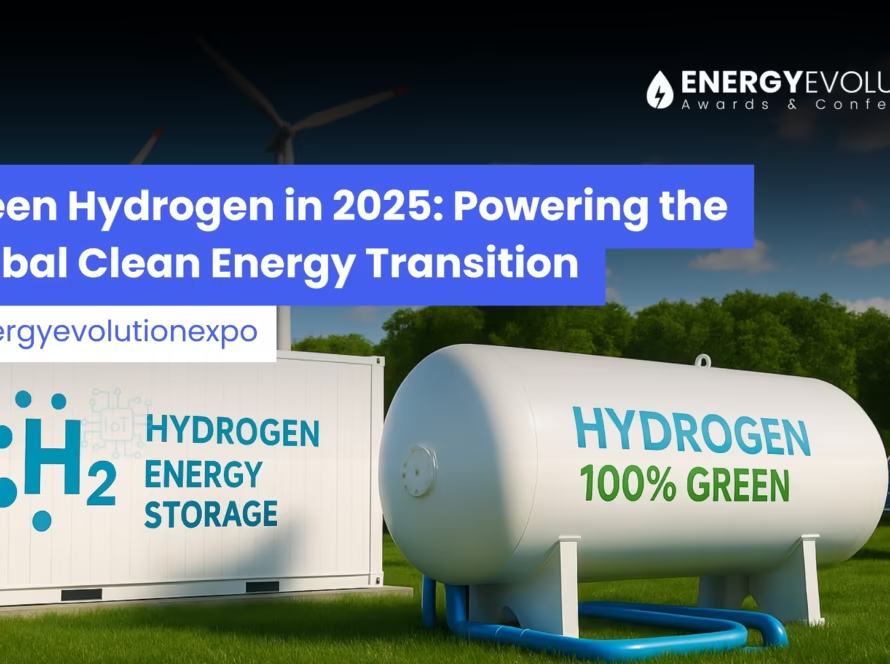In 2025, clean energy investment surpasses fossil fuels for the first time, led by solar, storage, and global shifts toward a sustainable future.
A Historic Shift in Global Energy
The year 2025 marks a watershed moment for global energy: for the first time in history, investments in clean energy technologies are set to surpass spending on upstream oil and gas. This milestone signals a decisive shift in the world’s energy system—away from fossil fuels and toward a cleaner, more resilient, electricity-driven future.
Solar and Storage Lead the Charge
Solar PV has become the undisputed star of the energy transition. In 2024 alone, more than 620 GW of new solar and wind capacity came online—equivalent to the combined power systems of India, Pakistan, and Bangladesh. Today, solar attracts half of all clean technology investment and delivers two-thirds of new generation capacity, cementing its role as the workhorse of global renewables.
Battery energy storage is also surging. Once overshadowed by pumped hydro, battery energy storage systems (BESS) are on track to become the dominant solution, enabling grids to integrate vast amounts of intermittent solar and wind power.
Overall, $670 billion is expected to flow into clean electricity supply technologies—ranging from renewables and storage to green hydrogen and carbon capture—underscoring the speed and scale of this transition.
Record-Breaking Numbers in 2025
Global energy investment: $3.3 trillion
Clean energy technologies: $2.2 trillion — double fossil fuel investment ($1.1 trillion)
Solar PV investment: $450 billion
Battery storage investment: $66 billion
Nuclear energy investment: about $73 billion (up 50% in five years)
India: $37 billion in renewables (up from $13 billion in 2015)
China: Accounts for nearly one-third of global clean energy spending—close to the combined U.S. and EU total
Global and Regional Perspectives
This investment wave confirms a structural pivot from hydrocarbons to clean electricity. Roughly one-third of clean-energy capital now supports distributed solar (sub-5 MW) and behind-the-meter storage, empowering households and businesses as direct drivers of the transition.
China: Delivers nearly twice the new gigawatts per dollar invested compared to the U.S., reinforcing its leadership.
India: Poised to reach 50% non-fossil generation capacity well ahead of schedule.
Brazil: Rising as a global player in bioenergy and offshore wind.
Africa: Home to 20% of the world’s population yet attracts only 2% of clean energy investment—a stark reminder of the equity gap.
Dubai / UAE: Anchored by the Mohammed bin Rashid Al Maktoum Solar Park and pioneering green hydrogen pilots, Dubai is solidifying its role as a regional clean energy hub. This aligns with the UAE’s strategy to generate 75% of its electricity from clean sources by 2050, making it a showcase for large-scale renewable integration in the Middle East.
Yet, despite record-high levels of capital flowing into renewables, current investments still fall short of the pace required to triple renewable capacity by 2030 under international climate goals.
A Defining Turning Point
The surge of 2025 represents more than numbers—it signals the dawn of a new energy paradigm:
Solar and storage dominate deployments, reshaping power grids.
Nuclear regains momentum, offering reliable baseload support.
Power-to-X technologies, including green hydrogen, open new frontiers for industrial decarbonization.
Challenges remain, particularly the need to direct greater investment toward the Global South and accelerate deployment timelines. But the $2.2 trillion clean energy milestone confirms one thing: the energy transition is no longer a vision of the future—it is happening now.
Looking Ahead: Energy Evolution Awards & Conference 2026
The global clean energy community will reconvene at the Energy Evolution Awards & Conference 2026, to be held on February 10–11 in Dubai. This landmark event will gather leaders, innovators, and entrepreneurs to showcase breakthroughs in solar, wind, hydrogen, storage, nuclear, and smart grid technologies.
Keynotes, expert-led panels, workshops, and a solutions expo will spotlight game-changing innovations, while the Energy Evolution Awards celebrate trailblazers shaping a sustainable energy future.
2025 is not just another year—it is the year clean energy took center stage. The challenge now is scaling this momentum to meet the 2030 and 2050 climate goals.
References
1. International Energy Agency (IEA) – World Energy Investment 2025, Executive Summary
2. Reuters – Global energy investment set to hit record $3.3 trillion in 2025, IEA says




